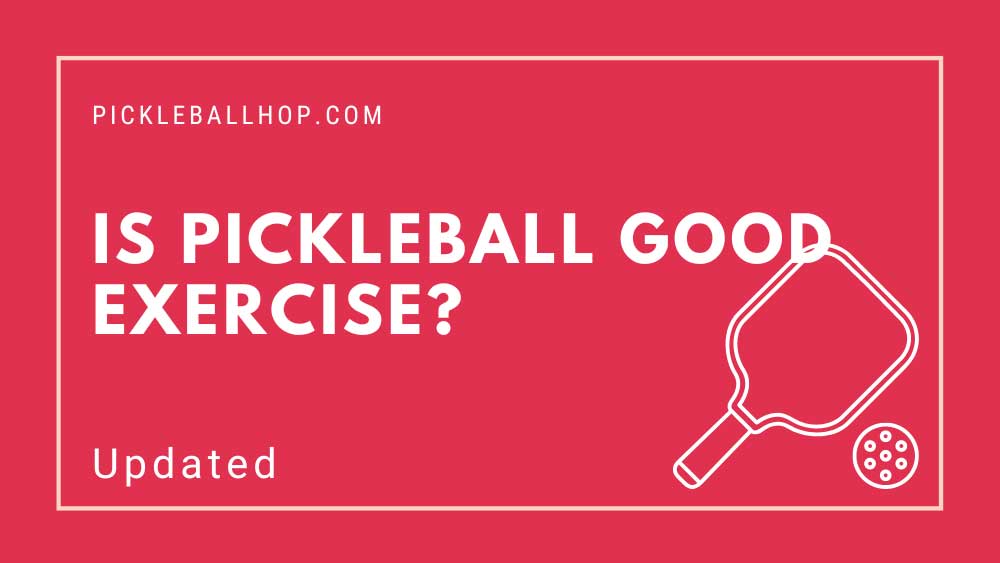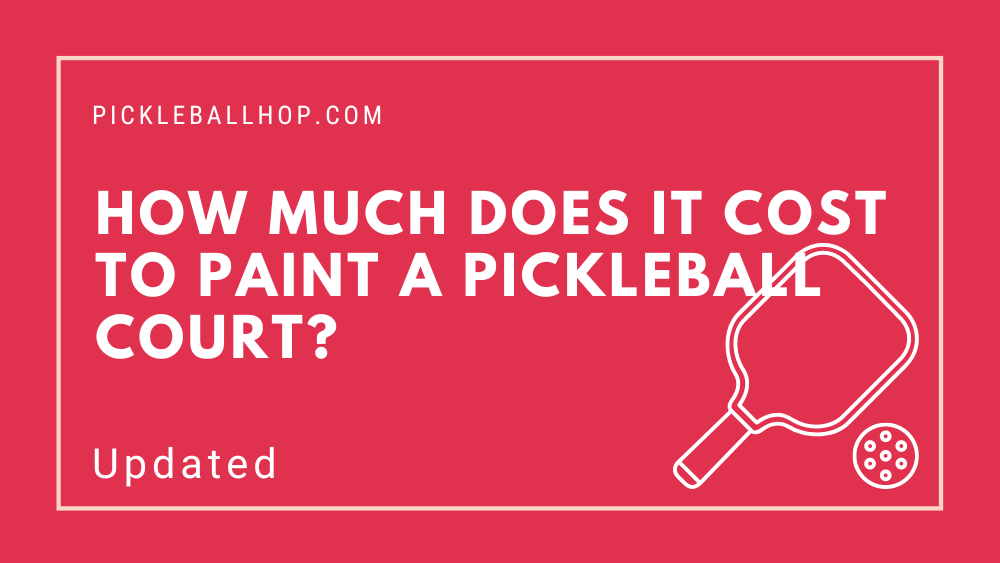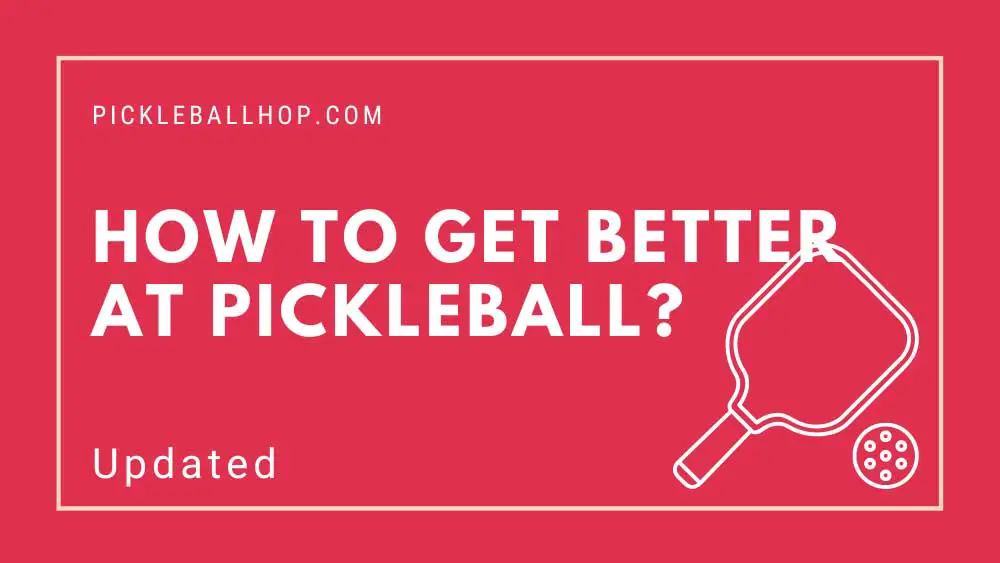What is Poaching in Pickleball? Poaching in pickleball refers to a situation in which a player crosses over the centerline of the court to hit pickleball on the side of the court of his or her partner. An effective poach will result in a speed-up or putaway shot since poaching is an aggressive move that puts pressure on your opponents.
Those who have played doubles in tennis are likely to be familiar with the term poaching. Those who have never played the sport may find it a new concept. Even so, it is a strategy that you should be aware of since it can be used in pickleball, too, when you play doubles.
In tennis, poaching occurs when you cross the center line and play the ball in your partner’s area. In the kitchen line, you can experience this during a rally or while returning a serve. In order to surprise your opponent, you have to end the point offensively or end the point suddenly.
You may enjoy reading How to Serve in Pickleball?
What Is Poaching in Pickleball?
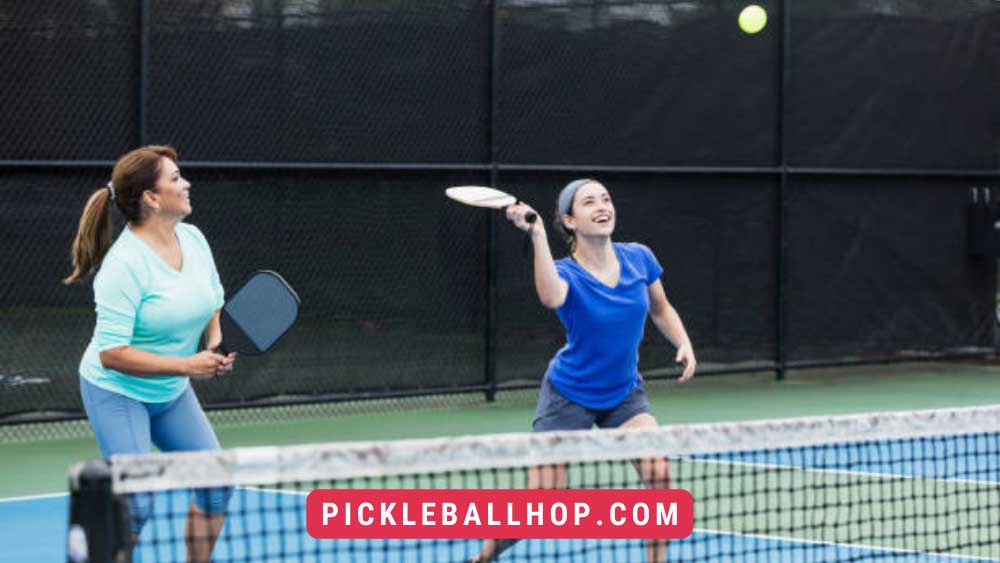 An opponent can hit a pickleball on the partner’s side of the court with a poach when they cross over the centerline of the court. An aggressive move like poaching, if executed correctly, can put pressure on your opponent, resulting in a speed-up or put-away shot.
An opponent can hit a pickleball on the partner’s side of the court with a poach when they cross over the centerline of the court. An aggressive move like poaching, if executed correctly, can put pressure on your opponent, resulting in a speed-up or put-away shot.
Why Poach on the Pickleball Court
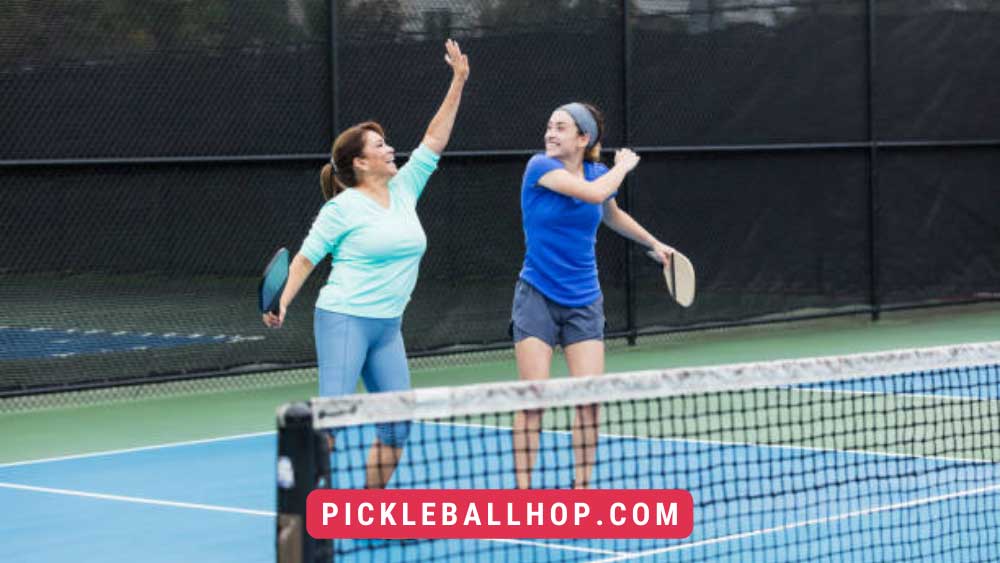 Pickleball players often use the poach shot and strategy to win more points, especially when it comes to:
Pickleball players often use the poach shot and strategy to win more points, especially when it comes to:
- In poaching, the best shot is taken by the partner who can hit the best shot;
- As poaching is generally only effective on higher balls from your opponents, it puts pressure on them to hit a better, more quality shot. It will be harder for you to cross the centerline and hit an aggressive putaway shot (instead of deferring to a simple dink) if your opponents keep the pickleball low. It is easier to poach from the air, however, if your opponent hits a pickleball that flies through the air;
- Your opponents will be taken off guard by a poach, since a poach is generally an aggressive move and not expected, and is likely to cut off your opponents’ angles.
- You and your partner can keep your opponents guessing as to what your next move will be with a poach on the pickleball courts. Even faking that you are going to do a poach works well to keep your opponents guessing and uneasy.
You may enjoy reading Can I Play Pickleball With A Torn Meniscus?
When to Poach on the Pickleball Court to Win Points
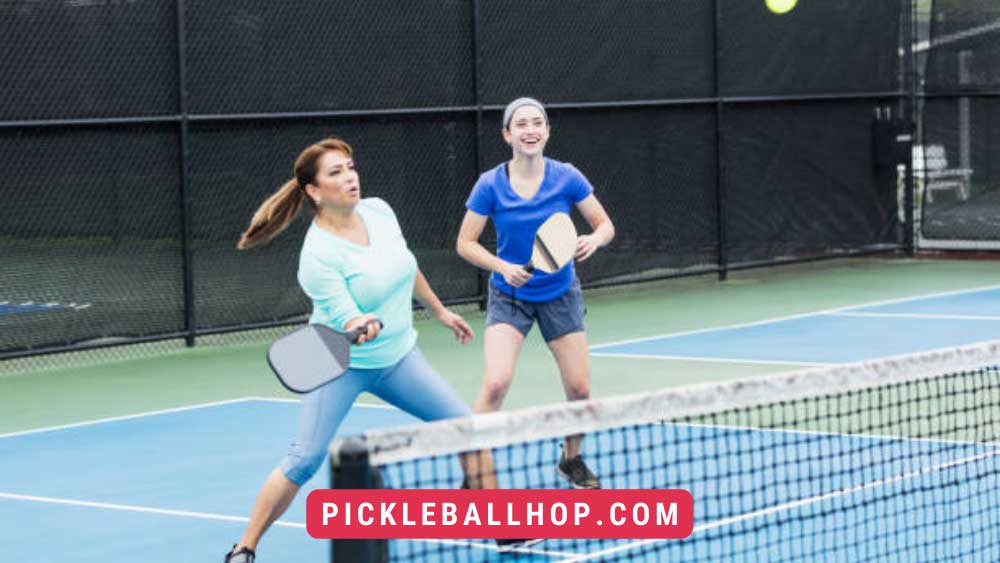 The act of poaching on a pickleball court is an effective shot and strategy under some circumstances, while under others it may not be a good idea and may lead to losing points.
The act of poaching on a pickleball court is an effective shot and strategy under some circumstances, while under others it may not be a good idea and may lead to losing points.
Try poaching under the following circumstances for an effective poach (and to win points):
- The opponent hits a floating pickleball into the air and either:
- You are back at the baseline with your partner; or
- If, for example, the pickleball is to your forehand and your partner’s backhand, you have a stronger shot than your partner;
- It would be helpful for you to help relieve some of your partner’s pressure because he or she has been “picked on” by your opponents.
- To change the momentum of the game, you need to give your opponents a different “look”; or
- “Shake and Bake” is what you and your partner are doing.
You may enjoy reading Best Pickleball Paddles For Tennis Elbow
When Not to Poach on Pickleball
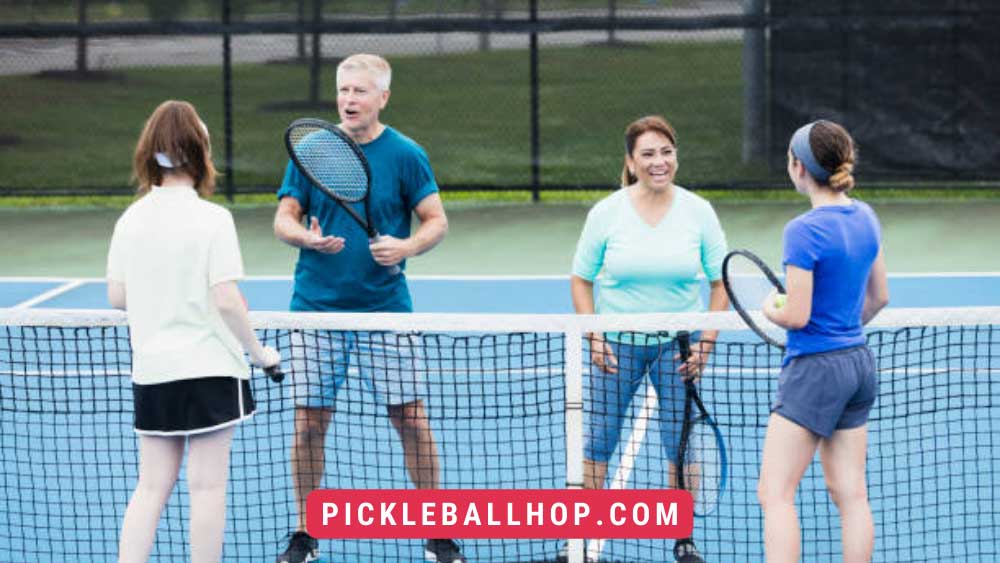 On the pickleball court, poaching may not be the best strategy under certain circumstances:
On the pickleball court, poaching may not be the best strategy under certain circumstances:
- Poaching your partner’s shot may not be a good idea if you can’t put away the poach. In particular, this applies if you are put out of position for your next shot because of the attempted poach. In the case of a poaching shot, if you are on the opposite side of the pickleball court from your partner, you may find yourself leaving half of the pickleball court open (your side), unless your partner is capable of sliding over to your side of the court and overtaking you.
- When playing recreationally rather than competitively (for example, in a pickleball tournament), you may want to consider poaching. It is not uncommon for players in these settings to be less appreciative of poaches than they would be in a competitive setting. Are you in open play (including players with lower skill levels) and playing players of varying skill levels? This could diminish the fun of a friendly game if poaching is allowed. You are more likely to fail with poaches if your attempts are unsuccessful.
- It is advantageous for your partner if he or she is able to apply more pressure and hit a better shot than you. Poach shots are intended to put pressure on your opponent by hitting an offensive and aggressive shot. The poach shot may not be the best shot for you to use on a pickleball court if it is unable to accomplish this (for example, if you routinely miss your poach shots).
You may enjoy reading Can You Wear Tennis Shoes For Pickleball?
How to Poach Successfully in Pickleball
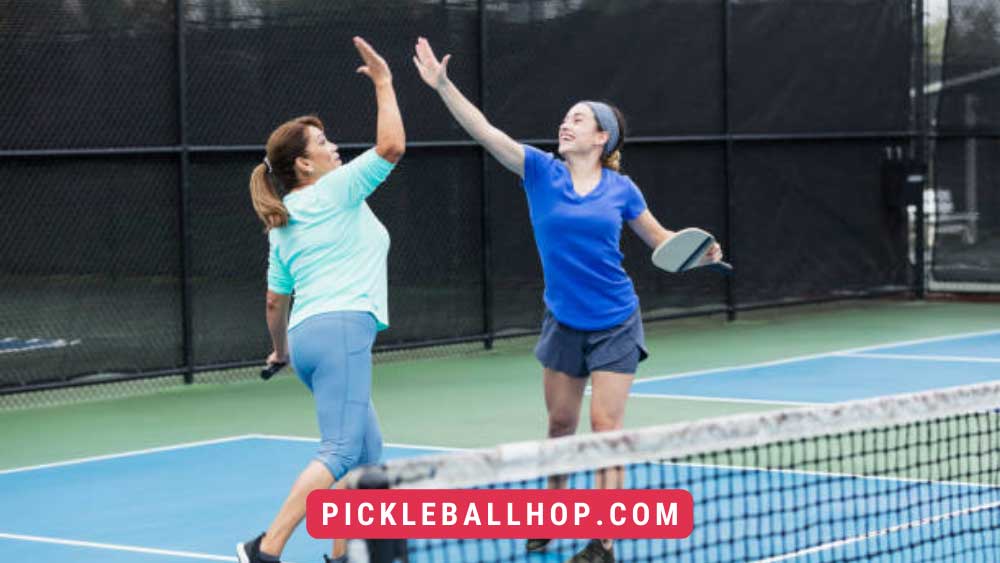
Despite the fact that poaching can be an effective way to mix up play in a game, it is not likely to be used at a lower level or during recreational play. Part of this is due to the fact that even if you are better at the game, you don’t want to take your partner’s ball. But poaching can work very well when you’re in front of your partner, especially when you’re afraid of being exposed. The following tips will help you be successful when using this strategy.
Take advantage of these tips to win more points on the pickleball court if you want to poach and apply some pressure:
- If you see an opportunity to poach, tell your partner before the point is reached;
- Putting your arms out at a 45-degree angle is a good way to visualize this. Using your arms to create an imaginary line, move along it. Moving along the “V” will create momentum for your poach and limit your opponent’s angles;
- Keeping your paddle out in front and taking a small backswing will help you keep your shot short and compact;
- In order to maximize your driving power, power, and mobility, you may want to consider poaching more on your forehand side (rather than your backhand side);
- Whenever you play pickleball, assume that your opponent will return it. To cover any open court space caused by poaching, switch sides of the court with your partner if it is assumed that the pickleball will be returned.
As a result of the poaching shot, you have to keep a point alive. You need to make your shot a winner or put your opponent on the defensive with the open court space created by leaving your half of the court to the poaching player. As a result, the poach will cause your opponents a lot of fear, especially when it is used for the first time (and in particular, at the beginning of the game), and it will constantly keep them guessing what your next move will be, depending on whether it is a true or a false poach.
You may enjoy reading Best pickleball Shoes For Plantar Fasciitis
3 Poaching Tips in Pickleball
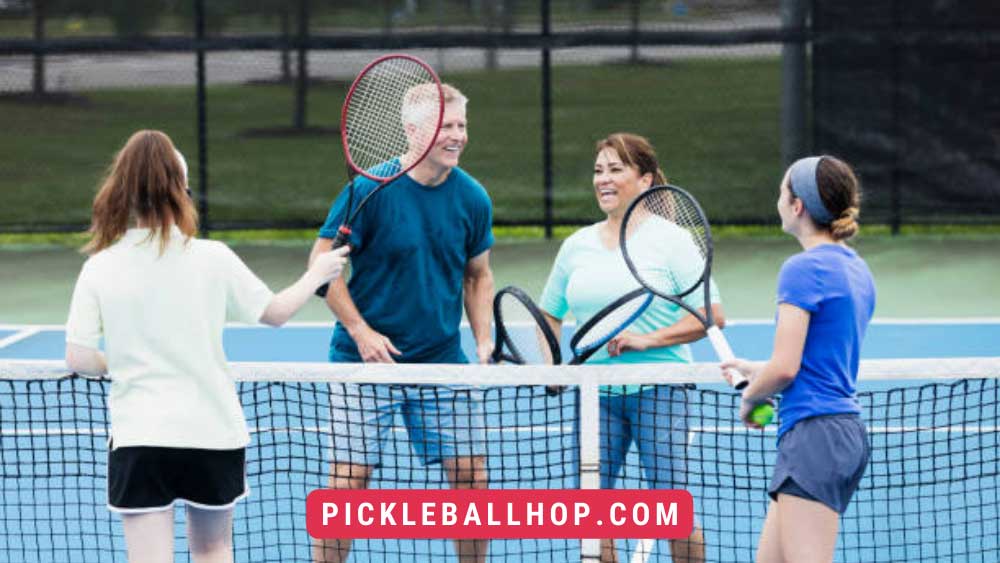
#1 Communicate ahead of time with your partner. The strategy should be agreed to by both of you before the game begins. When the opportunity arises, take advantage of it. You can also read Pickleball Doubles Strategies
#1 Keep a sharp eye out for your partner’s forehand when he or she is behind you. In pickleball doubles, it’s much more advantageous to poach than to stay at the baseline when my partner hits groundstrokes.
#3 Poach right before your competition hits the ball rather than after. If you move after your competition strikes the ball, you won’t have time to poach. It is possible that your opponent will see this and attempt to attack behind you. You may also distract them with your movement.
The reward for poaching is great, but it’s a risk. Do not reach out with your paddle without moving your feet first. For an effective poach, you must be in the right position. Otherwise, you won’t be on the ball enough to succeed.
Final Thoughts
I hope you have found this article helpful about What Is Poaching in Pickleball. It is my intention to update this article if I learn more advanced principles behind poaching. Have you ever experienced poaching? Feel free to share your thoughts in the comments!
You may enjoy reading Can You Play Tennis With Tennis Elbow?

